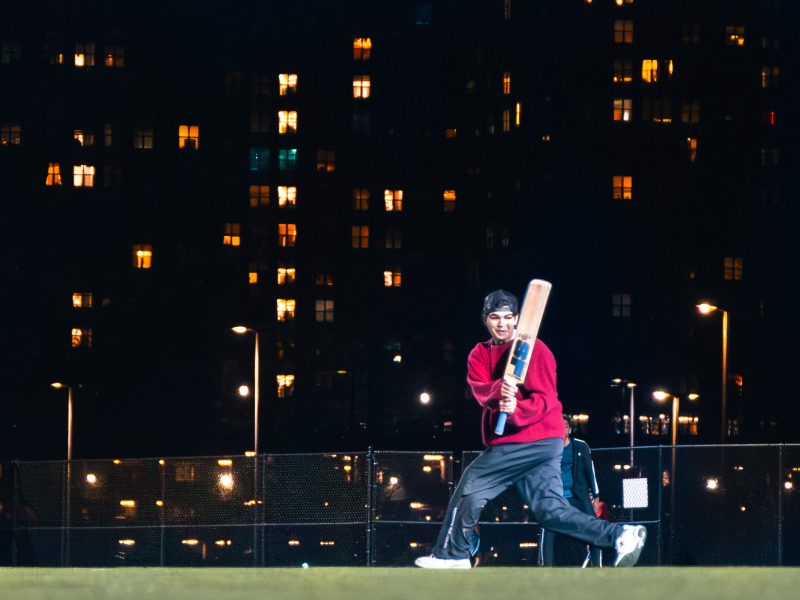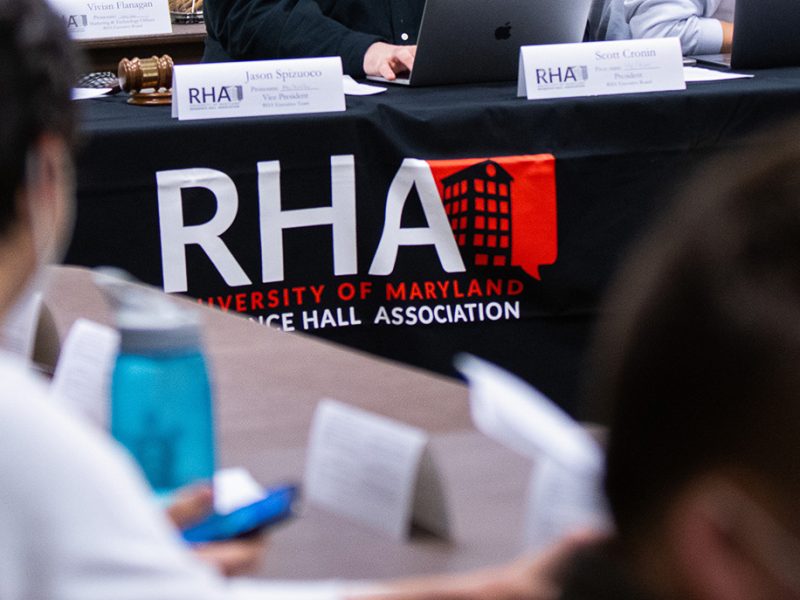University of Maryland Police launched their Community Police Academy on Wednesday night, giving a mix of 22 university students and staff a chance to walk in the shoes of University Police officers.
After the deaths of Michael Brown and Freddie Gray highlighted instances of police misconduct and poor community relations, University Police Chief David Mitchell wanted to create an environment in which students felt at ease around officers, he told The Diamondback in May. The police academy aims to build trust with students and staff and demonstrate how the department protects the campus, Mitchell said.
Mitchell also announced department-wide diversity training, reaffirmed the importance of gaining community trust and participated in a Town Hall discussion focused on race relations after officers used pepper spray to disperse a crowd at a graduation party of predominantly black students in May.
Lt. Lisa Payne, a University Police assistant patrol commander, leads the academy, which will involve hands-on activities such as simulated traffic stops and firearm training using lasers. Payne helped orchestrate the academy’s overall structure as well as coordinate instructors and weekly lesson plans, she said.
“[The academy] is good because it introduced me to what a police department is and what they do,” said Payne, who went through a similar student academy herself when she joined the department in 2001. “It’s very helpful for students to understand what the police department does.”
The inaugural class was at University Police’s training facility, located behind the College Park Metro station. Eighteen students, as well as four university faculty and staff members, will meet every Wednesday — excluding spring break — until their graduation ceremony on April 19. Although registration is now closed, the academy was open to any university student, staff or faculty member, in addition to College Park residents, Payne said.
On their first day, academy participants received an oral history of University Police. After officers divided them into squads, they also tried on vests and gun belts, which they’ll use for the remainder of the course. Before graduating, participants will engage in a use-of-force discussion, meet the department’s K9 unit and participate in a ride along.
“I’m looking forward to the K9 thing because I love dogs, and anything that has to do with that will be cool,” said Jamie Klunk, a junior criminal justice major. “Also the laser shot — it’ll be interesting to see how I do on that.”
There is no full-time academy instructor for this program, Payne said. Instead, about 22 University Police instructors — ranging from master patrol officer to lieutenant — will take turns leading the academy over its duration. These officers are certified through the state and instruct the department’s actual Police Academy for incoming officers, Payne said.
Designed to be an informal experience for participants, students in the academy won’t have to address instructors as “ma’am” or “sir,” or adhere to any other type of strict protocol, Payne said as she addressed the class on Wednesday. There is no credit or grade associated with the class, either.
“It’s just an open environment where we can learn from each other in a non-confrontational type of way,” Payne said. “I’m really excited about it.”
The Community Police Academy is a partnership between University Police and the Fraternal Order of Police, a nationwide union, Payne said. Enriching this partnership between these two groups and fostering discourse between University Police and the university community is one of the academy’s primary goals.
Donna Moore, an executive administrative assistant in the Provost’s Office who’s participating in the program, said she’s looking forward to conversing with University Police — particularly about active shooter situations.
“I’ll enjoy the active shooter discussion, just learning about things to do since we haven’t really addressed that in our building,” Moore said, referencing the Main Administration Building. “There’s only one way in and one way out of [the building], so I’m curious to see what they would suggest for us to do.”
A venue for students and police to learn from each other in an open, pressure-free environment is paramount to the academy’s success, Mitchell said.
“[The academy] shows transparency — this is what we do and this is how we do it,” Mitchell said. “They’ll never forget this experience. I promise you that.”
CORRECTION: Due to a reporting error, a previous version of this story incorrectly stated that there is only one way in and out of the Main Administration Building, and that the building has not addressed active shooter situations. The Provost’s Office, not the entire building, has one entryway, and while the office has not received formal training, active shooter scenarios have been addressed on a few occasions. This story has been updated.



